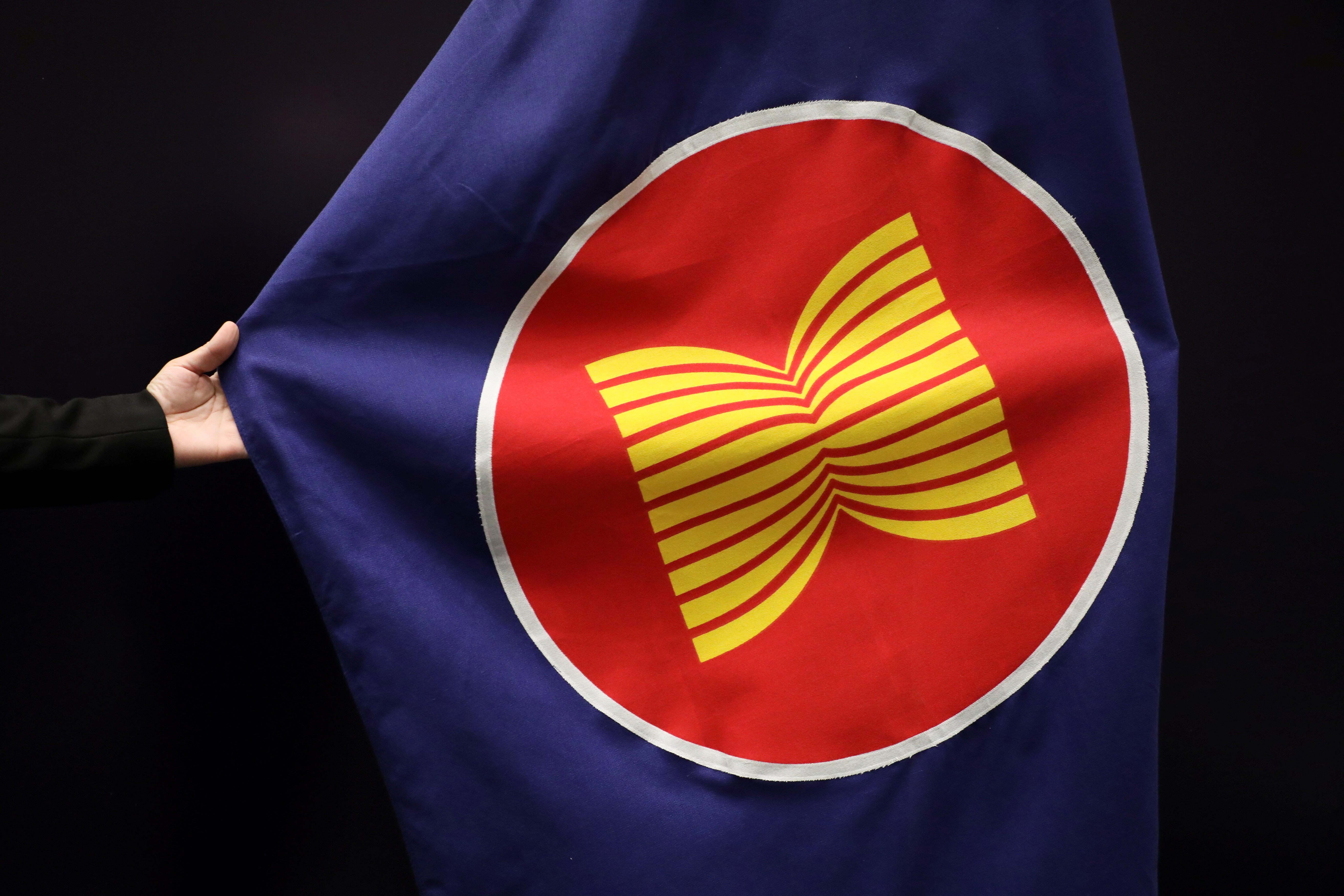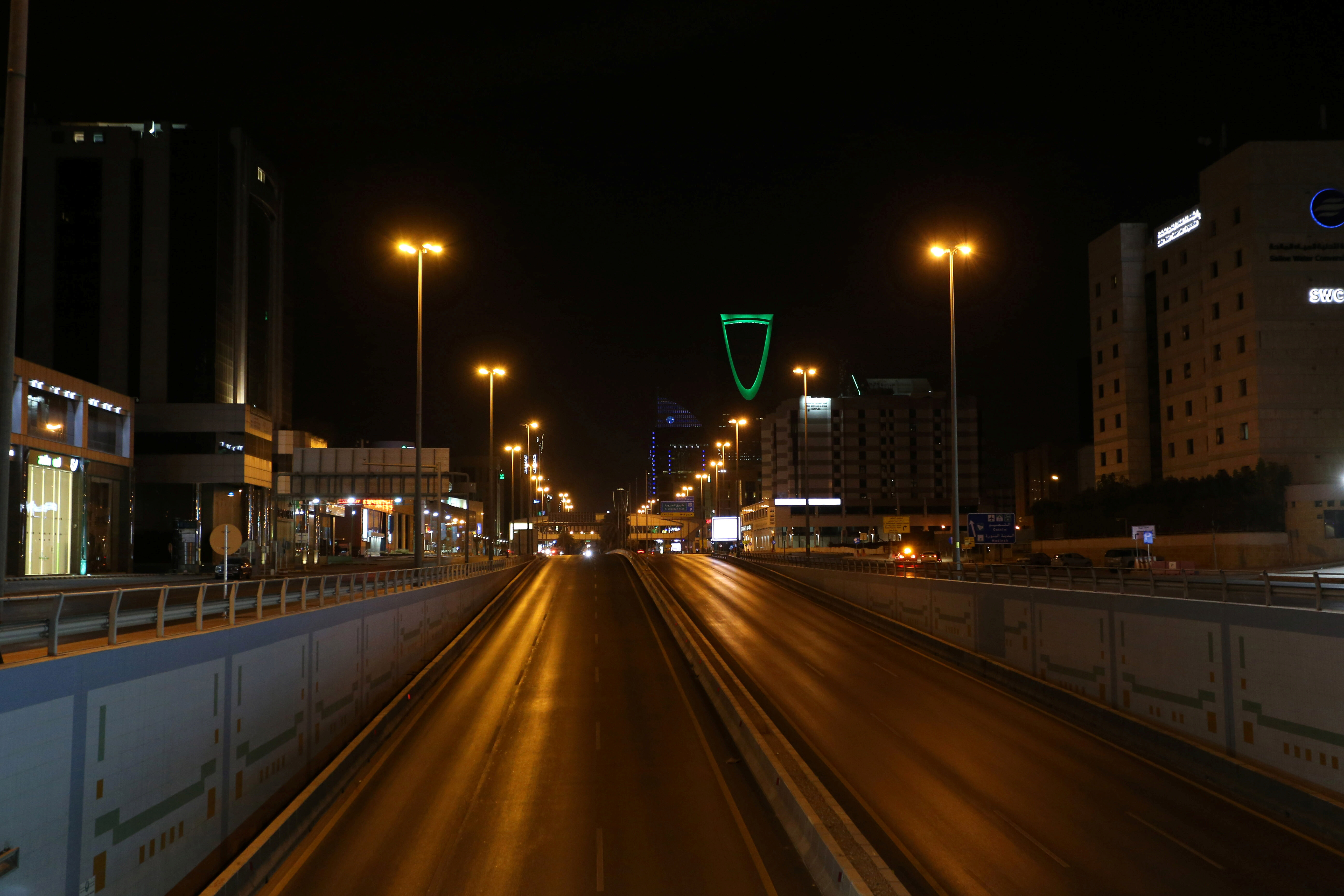It’s too costly for bankers to ignore India’s rural women

Bringing financial services to India's rural poor is expensive – but it could transform the lives of millions of hardworking people. Image: REUTERS/Amit Dave
I’m often asked how we can better serve the needs of the rural poor, and through the years my answer has remained unchanged. We must listen, observe and understand what poor women in rural areas want. And then make it easy for them to bank with you. It’s honestly as simple as that.
But the problem is that as bankers, we feel we have the answers and products, and it’s our customers (or potential customers) that need to be educated to understand how best to benefit from us. And honestly, even after several decades in the field of microfinance and supporting women’s entrepreneurship, unless I am very careful, I still make the same mistake.
Mann Deshi Mahila Sahakari Bank was set up in 1996 in the drought-prone area of Mhaswad, in Maharashtra state, where I live. I set it up because one day a lady called Kanta bai, who was a welder, wanted to save a little bit out of her earnings every day to buy a tarpaulin sheet for her roof before the monsoons. But no bank was ready to accept her meager earnings. She was just too expensive. So I decided to set up a bank that would be for women like Kanta bai. And Mann Deshi Bank was the first one set up for and by rural women. We started not with credit but with giving women a safe place to save either on a daily, weekly or monthly basis. It wasn’t because we wanted to instil a sense of fiscal discipline for eventual credit repayment, but because it was simply a facility that women wanted and needed. Right at their doorstep.
Which brings me to my next point. Everyone now knows that the poor are bankable, and that there is a huge business opportunity. But the true reinvention lies in doorstep banking. Go to your customer, give her what she wants, in the way she wants, on her doorstep, and she will sign up. This business correspondent model is no doubt more expensive, but rural women are willing to pay for this service – in fact, they already are.
While many banks have gone to the grassroots to offer loans, also offering the option of a tiny (and daily or weekly) savings service at women’s doorsteps remains untapped. This is the essential foundation that really helps women manage their finances and imagine the possibility of asset creation. And then you have to keep reinventing.
A few years ago, I was walking around some weekly village markets, meeting all the women who had been our customers for years. They had savings accounts that had grown, and I was feeling very happy and satisfied. Then I noticed that all of them were taking loans from moneylenders. I was shocked! “Why are you doing that?” I asked. Our bank is for you! “Well,” they responded, “the moneylender gives us money whenever we need it, the amount that we need, where we need it, for however long we need it, and lets us repay in whatever way we want. Yes, he’s expensive, but it’s a fee that we are willing to pay.” So that’s when I went back, and we partnered with GIZ and NABARD and designed a daily cash credit product that was provided in the weekly markets themselves. It’s expensive for us, but we do charge a higher interest rate than our other loans. Today, this is our most sought-after product.
That’s one example of an area for banks to explore. In fact, PMJDY accounts (an affordable-banking initiative launched by the Indian government) already offers overdraft facilities, but barely 2% of accounts take advantage of this facility.
Alongside doorstep banking, if banks invest in financial and digital literacy – like we are doing – administrative costs will also come down as customers see the benefits of cashless transactions. Many banks, in fact, make money off digital transactions, but I think that for the poor, this fee should be either waived or substantially reduced. At our bank we have consciously chosen not to charge our customers because we want to encourage and incentivize them to benefit from cashless transactions.
In fact, all the women we work with are eager to learn how to use digital payments because it gives them greater privacy and financial control - something they value a great deal. Which is why while the digital literacy drive of the prime minister is really important; impact needs to be broken down by gender and not by household. I’m also really a keen advocate of digital financial literacy for women because it will hopefully translate into greater ease and comfort with managing money, more loans, expanding businesses and more wealth creation – for them and for the banks. There are a lot of partners to support this work: NPCI is an active collaborator, as is MasterCard and CRISIL. But all on the back of savings. As women see their cash flows being bolstered and wealth being created, they will demand customized products and services that meet their liquidity gap. All we need to do is create that opportunity.
Finally, we are fortunate that because of microfinance and its fantastic repayment rates, group microloans are now part of mainstream banking. We even have priority sector lending (PSL) bonds and platforms to trade them. So clearly working with the rural poor is now being seen less as a social responsibility that only public sector banks are forced to do, but also a business opportunity for private and global banks. We are in the fortunate position of being able to experiment with various products (again: doorstep savings being key) for the rural poor, charge them for it and then trade that PSL portfolio for a premium.
Of course, much work needs to be done. Successful reinvention means a fair bit of investment in good research and analysis of what works to see what is profitable for banks, increases working capital, creates wealth, contributes to the economy, and changes women's lives. Rather than wait for two decades as with microfinance and meanwhile expect women to repeatedly prove themselves while charging them very high interest rates, I hope this time we can be true partners to the rural poor and meet them halfway.
Don't miss any update on this topic
Create a free account and access your personalized content collection with our latest publications and analyses.
License and Republishing
World Economic Forum articles may be republished in accordance with the Creative Commons Attribution-NonCommercial-NoDerivatives 4.0 International Public License, and in accordance with our Terms of Use.
The views expressed in this article are those of the author alone and not the World Economic Forum.
Stay up to date:
Financial and Monetary Systems
Related topics:
Forum Stories newsletter
Bringing you weekly curated insights and analysis on the global issues that matter.
More on Geographies in DepthSee all
Ma Li and Charles Bourgault
December 3, 2025






